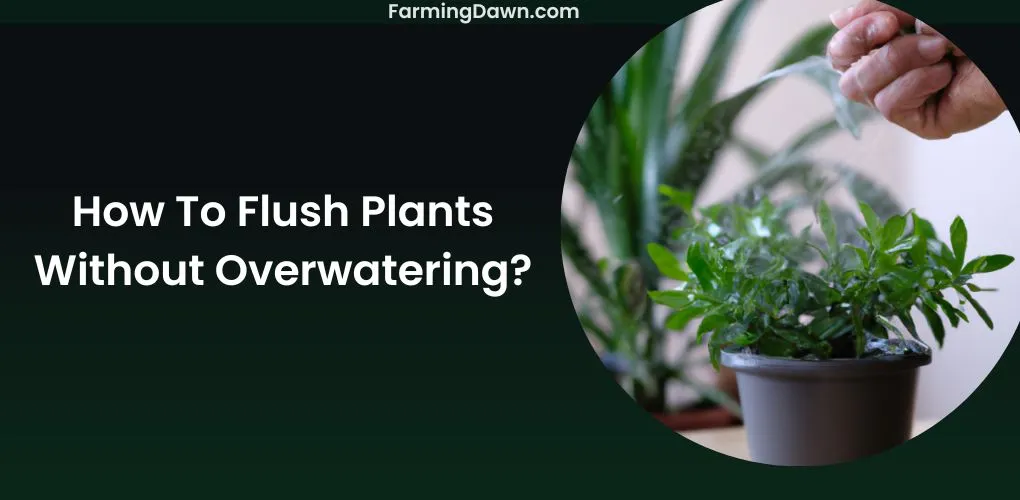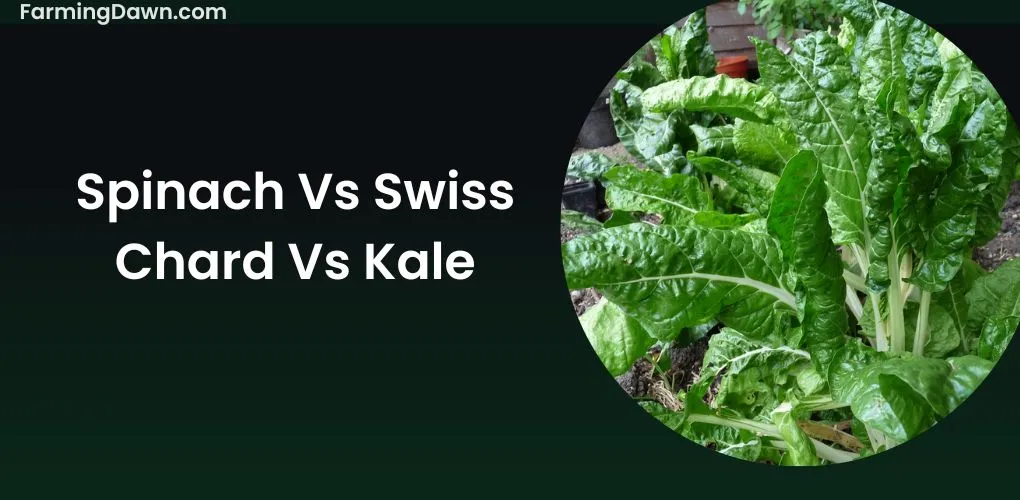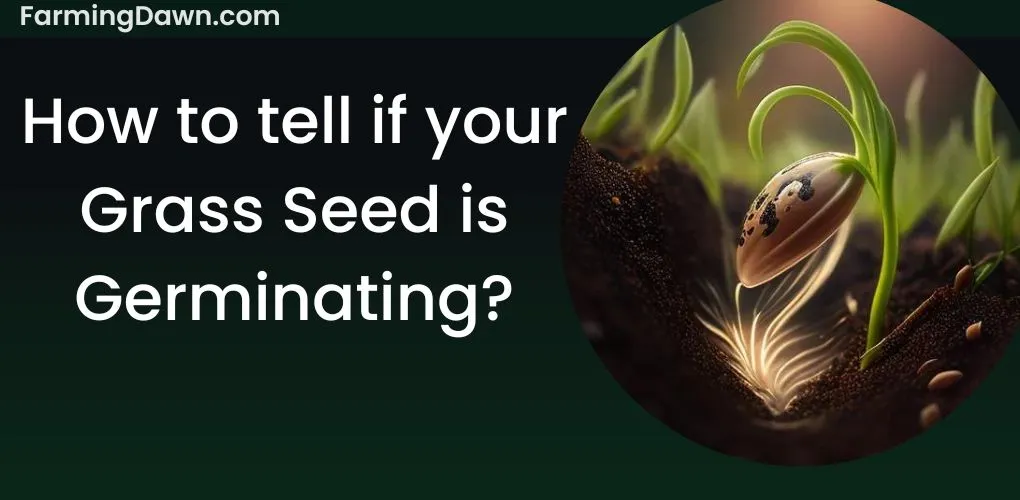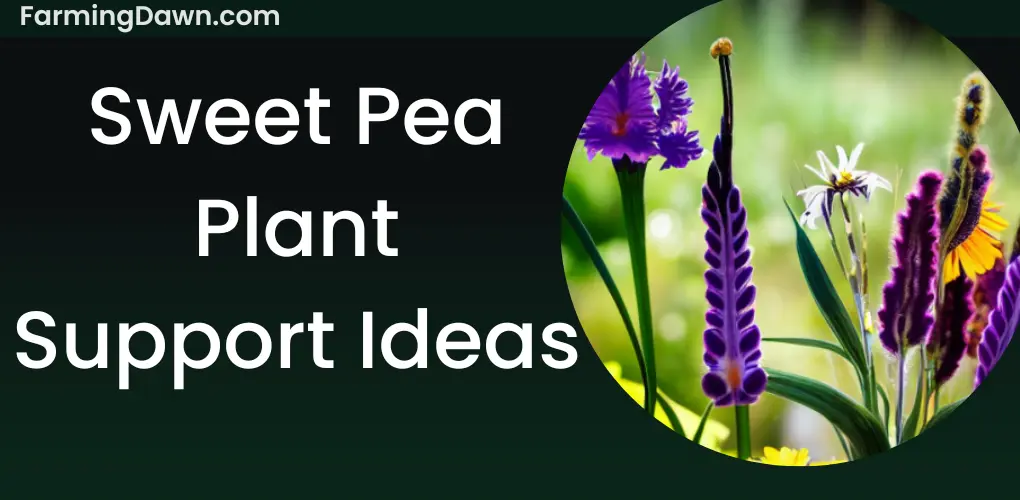Flushing plants is an important part of any gardener’s routine. In fact, over 70% of gardeners have admitted to overwatering their plants at least once. This can lead to root rot, nutrient deficiencies, and other problems that can cause irreversible damage to your beloved plants.
Thankfully, there are steps you can take to ensure your plants get the water they need without becoming overwatered. In this article, I will provide a step-by-step guide on how to flush plants without overwatering them, as well as advice on what supplies you need and how best to dry your plants if they become too wet during flushing.
With these tips in hand, you can be sure that your garden stays healthy and vibrant all year round!
What Is Flushing?
You’re probably wondering what flushing is and how it can help your plants thrive – let’s take a look! Flushing is the process of using plain water to remove excess salts, minerals, or other unwanted substances from the soil. It’s an essential part of keeping your plants healthy and vibrant.
Why Is Flushing Plants Important?
Flushing your plants is important because it can help prevent root rot caused by the buildup of minerals and salts found in tap water, as well as other nutrient problems that can cause deficiencies in your plants.
By eliminating these substances, you can ensure that your plants are getting the nutrients they need to thrive. Flushing also helps replenish your soil with fresh nutrients, allowing your plants to benefit from their full potential.
You don’t have to be a gardening expert to understand why flushing is important for plant health – it’s all about providing them with clean and balanced nutrition so they can flourish!
As a passionate environmentalist, I strongly recommend flushing as an innovative way to keep your plants healthy and happy!

What Are the Signs of Overwatering?
If you’re noticing your plants starting to wilt or their leaves turning yellow, it could be a sign of overwatering. Overwatering is caused by giving too much water and extra nutrients at once, which can cause the soil to become saturated with an excessive amount of water.
Other signs of overwatering include the following:
- Drooping stems
- Discolored leaves
- Root rot
Root rot is an indication that the roots are not able to absorb enough oxygen due to the high amount of water present in the soil. To prevent this from happening, make sure to pay attention to the amount of water you’re providing for your plants and make sure it’s just right!
What Supplies Are Needed to Flush Plants?
To flush plants successfully, you need access to the following things:
- Clean water
- A bucket or container for collecting runoff
- A watering tool such as a hose or watering can.
With these tools in hand, you can flush away nutrient lockout and restore optimal conditions for plant growth.
How to Flush Plants without Overwatering?
As eco-friendly gardeners, we all are passionate about finding innovative ways to effectively flush our plants without overwatering. In this discussion, I’ll cover the different methods of flushing with soil, coco coir, rockwool, hydroponics, and aeroponics.
By understanding these strategies and techniques, gardeners can ensure that their plants are getting the nutrients they need while avoiding excess water in the soil.
Flushing with Soil
Ready to make sure your plants are getting the nutrients they need without overwatering? Flushing the soil is an easy way to do just that. By flushing your marijuana plants’ growing medium, you can ensure they’re getting a balanced diet free of any buildup of toxic compounds.
This simple process will not only help your plants thrive but also give you a sense of belonging to something bigger than yourself – the goal of creating healthy sustainable gardens.
Flushing with Coco Coir
Flushing your plants’ soil with coco coir is like giving them a refreshing spa treatment – they’ll be feeling rejuvenated and healthier than ever without the risk of overwatering.
To flush your cannabis plant with coco coir, start by preparing two gallons of water. Add one teaspoon of an organic nutrient solution to the two gallons and mix it in thoroughly. Then, pour the mixture over the soil until it runs out of the bottom drainage holes.
The extra nutrients in the water will allow for a thorough flush while still avoiding any overwatering concerns. Coco coir’s high air porosity also ensures that excess water drains away quickly and efficiently, leaving your plant feeling luxuriously refreshed!
Flushing with Rockwool
Flushing your plants with rockwool is an easy way to give them a nutrient boost while still avoiding any risk of over-saturation. Rockwool is an innovative growing medium that helps reduce water loss due to evaporation and has excellent drainage capabilities.
It’s also a great choice for those wanting to take the eco-friendly route as it’s made from recycled materials. Also, you don’t have to worry about flushing too much, as rockwool holds onto nutrients so they’re available for your plants whenever they need them.
Flushing with Hydroponics
Hydroponic flushing works by utilizing plant tissues to absorb water and nutrients, while simultaneously cleansing them of any build-up or excess. Not only does this method help keep your plants healthy and happy, but it also helps conserve water by ensuring that you are only watering your plants when they truly need it.
Flushing with Aeroponics
Aeroponics is an innovative technique that uses a mist-like spray of nutrient solution on the roots, allowing for more efficient absorption while minimizing water wastage. This is especially beneficial during the flowering stage, as it helps flush out any excess nutrients from the soil that could inhibit growth.
Not only that, also, you can be sure your plants are receiving exactly what they need without having to worry about overwatering or overfeeding. So why not take your gardening to new heights with aeroponic flushing? It’s a simple and effective way to show your plants some extra love!
How to Dry Your Plants After Flushing?
I’m passionate about growing plants, and I’m always looking for innovative ways to take care of them. One important step in plant care is drying them after flushing. There are different methods that can be used for this purpose such as air drying, the paper towel method, using a fan or ventilation system, a dehumidifier, the sun, or grow lights.
Each of these techniques has its own advantages and disadvantages which will be discussed in further detail.
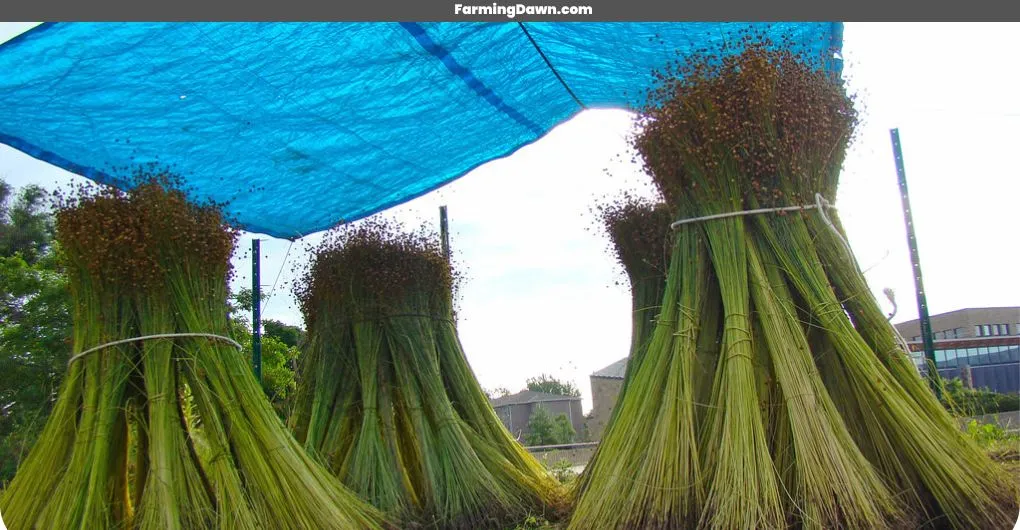
Use Air Drying
Give your plants a chance to breathe and revive with air drying! Air drying is an innovative, eco-friendly way of drying your plants after flushing. This is the perfect way to revive your wilting or struggling plants so they can continue thriving in optimal conditions.
Air drying helps preserve their natural moisture and prevent any damage from excessive flooding. It also allows them to absorb more oxygen while maintaining their health and vitality.
By Paper Towel Method
The paper towel method is a great way to prevent the plant from experiencing shock and help it transition into a new environment. By taking a few pieces of paper towels and lightly wrapping them around the roots of your plant, you can pull out any excess water left in the soil and give your plant an opportunity to thrive without becoming overwatered.
This method is especially beneficial for succulents as their delicate root systems often need extra protection when being moved or transplanted. Not only will this technique help keep your plants healthy, but it will also make sure that they are getting enough water while still avoiding overwatering – which we all know can be detrimental to our beloved plants!
Use a Fan or Ventilation
A great way to dry your plants after flushing is to give them some air with a fan or ventilation system. Letting the breeze blow through their leaves will provide the perfect balance for them to flourish.
Use Dehumidifier
Dehumidifier not only reduces the amount of water in the soil, but it also helps reduce humidity levels in the atmosphere around the plants. This is important for plants because high humidity can cause problems such as root rot and fungal diseases.
With a dehumidifier, you can easily adjust the settings to get just the right balance of moisture and dryness in the air. Plus, they’re easy to use, affordable, and won’t take up too much space in your home or garden!
Use Sun
Taking advantage of the sun’s natural drying power is a great way to maintain your plants’ moisture level, allowing them to thrive in their environment. Sunlight provides essential nutrients and helps the plant photosynthesize, which helps it to store energy for growth and flowering.
Moreover, the intense heat from the sun can help evaporate excess water in the soil and reduce humidity around your plants.
Use Grow lights
After taking advantage of the sun’s natural energy, I’m now turning my attention to grow lights. Artificial or grow lighting can be an incredibly effective way to dry your plants after flushing.
The key is to understand the type of light required by different plants and how to use it in a way that mimics natural sunlight. For instance, some plants need bluer spectrum light while others thrive better under red spectrum light.
Knowing your plant species is essential here, as you want to make sure you’re providing the correct type and amount of light for optimal growth.
Frequently Asked Questions Related to Flushing Plants Without Overwatering
Should I flush my plants every day?
Flushing your plants every day is not necessary. In fact, overwatering can cause root rot and other problems that could harm the plant’s health.
How Often Should Plants Be Flushed?
To ensure your plants get the proper nutrients for optimal growth, it’s important to flush them regularly – like clockwork! Flushing your plants approximately every two weeks will help prevent salt buildup and keep them healthy.
How often should I flush potted plants?
The type of plant, the makeup of the soil, and the location all affect how often you should flush potted plants. You can cleanse them as a general rule every 2-4 weeks or if the soil becomes compacted or exhausted.
Should I pH water when flushing?
Unless you are explicitly treating pH-related concerns, it is typically not required to pH the water while flushing potted plants. Usually, flushing with plain water is enough to get rid of excess salts and balance out the soil’s nutrients.
How To Flush Plants Without Overwatering? Final Thoughts
Flushing plants is an essential part of plant health. It helps keep them healthy and vibrant, while also preventing overwatering. It takes a bit of work and knowledge on your part, but with the right supplies, proper technique, and a bit of patience you can successfully flush your plants without overwatering.
Now that you know how to flush plants without overwatering, what are you waiting for? Get out there and get flushing! Let’s make sure we keep our precious plants safe from harm by helping them stay hydrated in the best way possible – by flushing! Together we can create healthier, more sustainable ecosystems for everyone!

